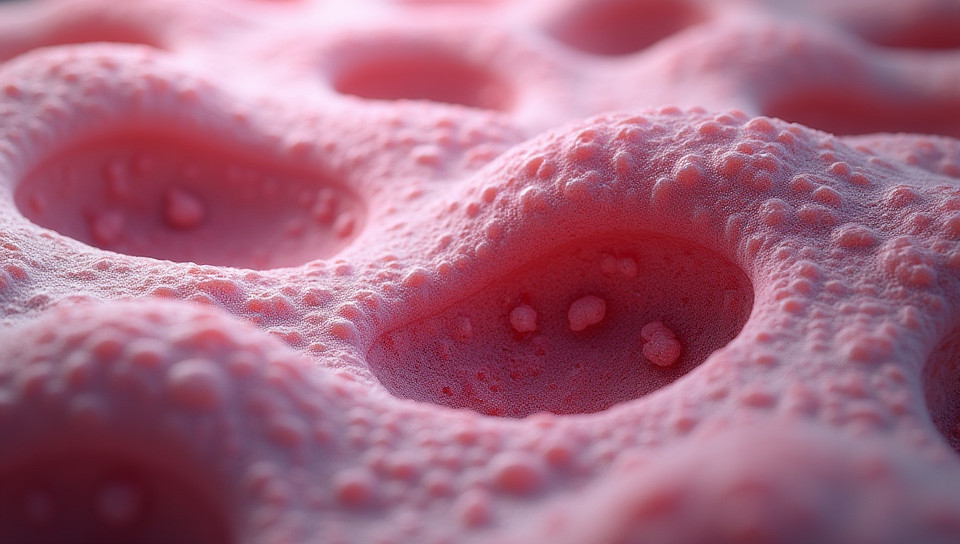Tissue viability is impacted by scaffold material properties 79%

Tissue Viability: The Unseen Role of Scaffold Material Properties
Imagine a world where wounds heal rapidly, and tissue regeneration is the norm. Sounds too good to be true? Not anymore! Advances in biomaterials and tissue engineering have brought us closer to achieving this reality. However, one crucial aspect often gets overlooked – scaffold material properties.
What are Scaffold Materials?
Scaffolds are temporary structures that provide a framework for cells to grow, proliferate, and differentiate into functional tissues. They can be made from various materials, such as polymers, ceramics, or composites. The choice of scaffold material is critical in determining the success of tissue engineering applications.
Why do Scaffold Material Properties Matter?
The properties of scaffold materials significantly impact tissue viability. Here are some key factors to consider:
- Porosity: A scaffold with optimal porosity allows for adequate cell infiltration and nutrient exchange.
- Pore size distribution: Uniform pore sizes promote uniform cell growth, while uneven distributions can lead to irregular tissue formation.
- Surface roughness: A smooth surface may not provide enough anchorage points for cells, leading to poor adhesion and tissue integration.
Impact on Tissue Viability
The properties of scaffold materials can directly affect tissue viability in several ways:
Cellular Response
Cells interact with the scaffold material through various mechanisms, including adhesion, migration, proliferation, and differentiation. The scaffold's surface chemistry and topography play a crucial role in regulating these cellular responses.
Angiogenesis
Angiogenesis, the formation of new blood vessels, is essential for tissue regeneration. Scaffold materials can either promote or inhibit angiogenic processes, depending on their properties.
Conclusion
Scaffold material properties are a critical aspect of tissue viability. By understanding the importance of porosity, pore size distribution, surface roughness, and other factors, researchers and clinicians can design scaffolds that support optimal tissue growth and regeneration. As we continue to push the boundaries of biomaterials and tissue engineering, it is essential to consider these often-overlooked properties to unlock the full potential of tissue viability.
- Created by: Maria Reed
- Created at: Feb. 4, 2025, 5:53 p.m.
- ID: 20098








